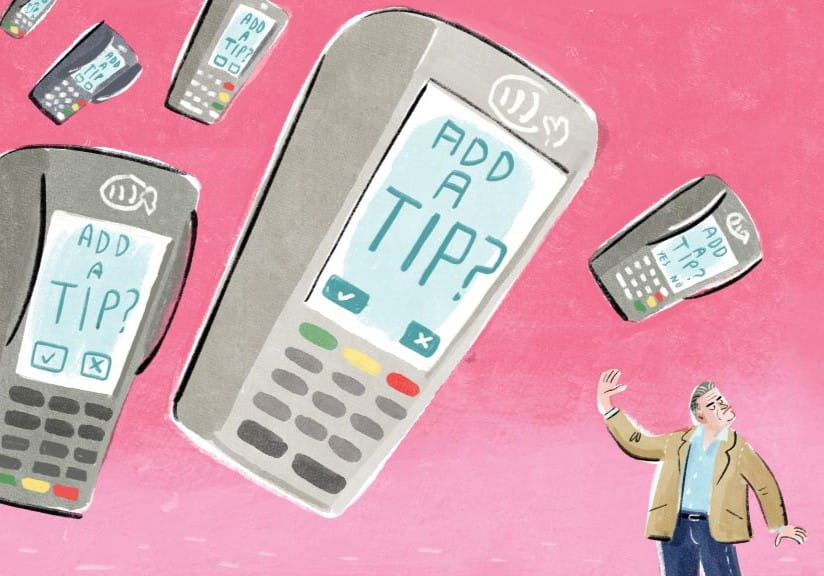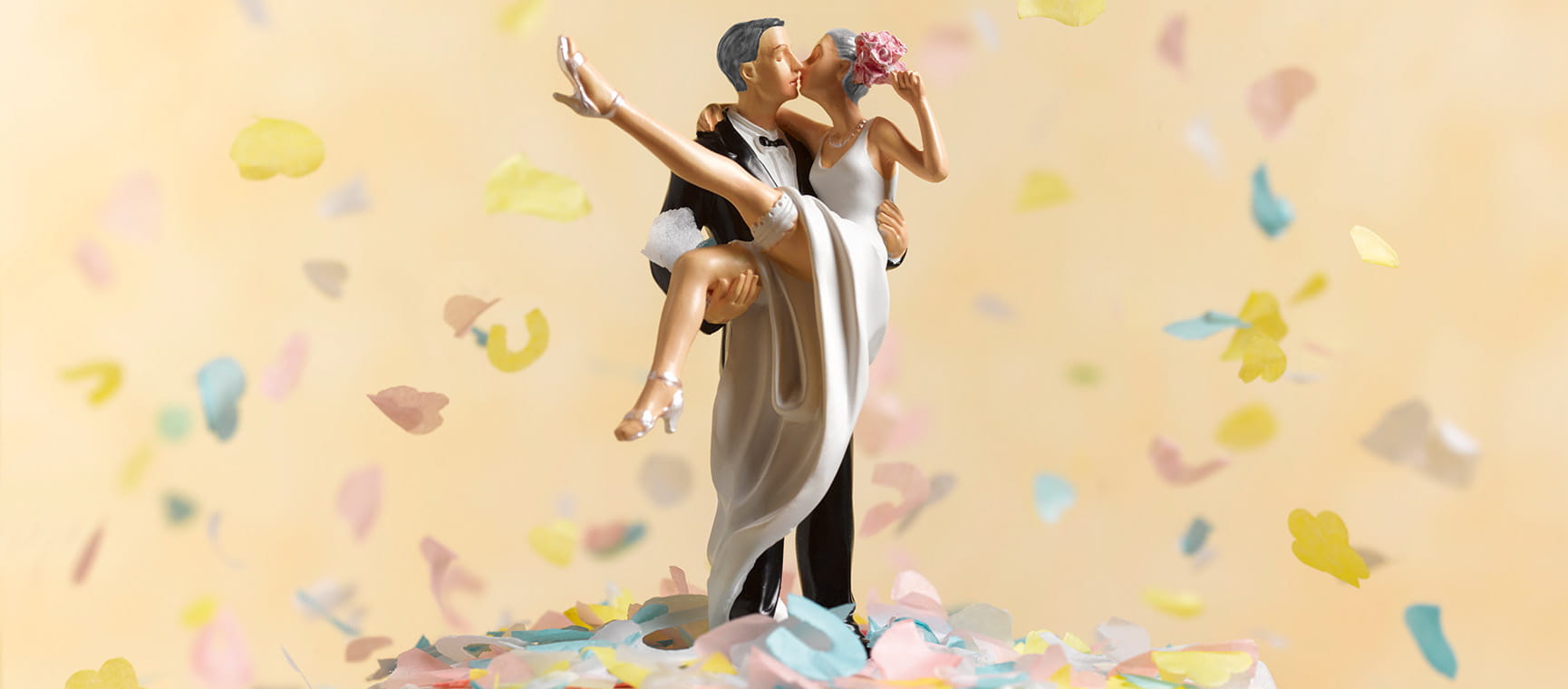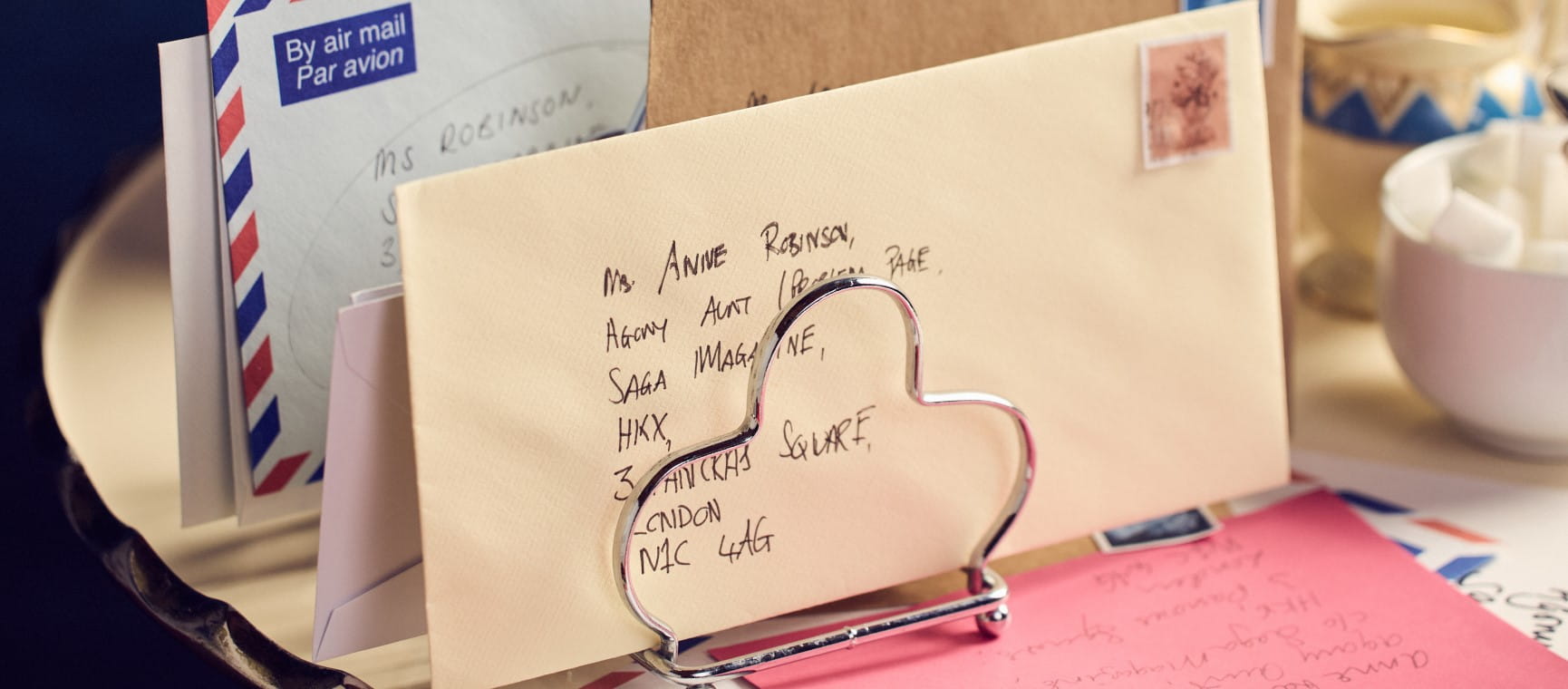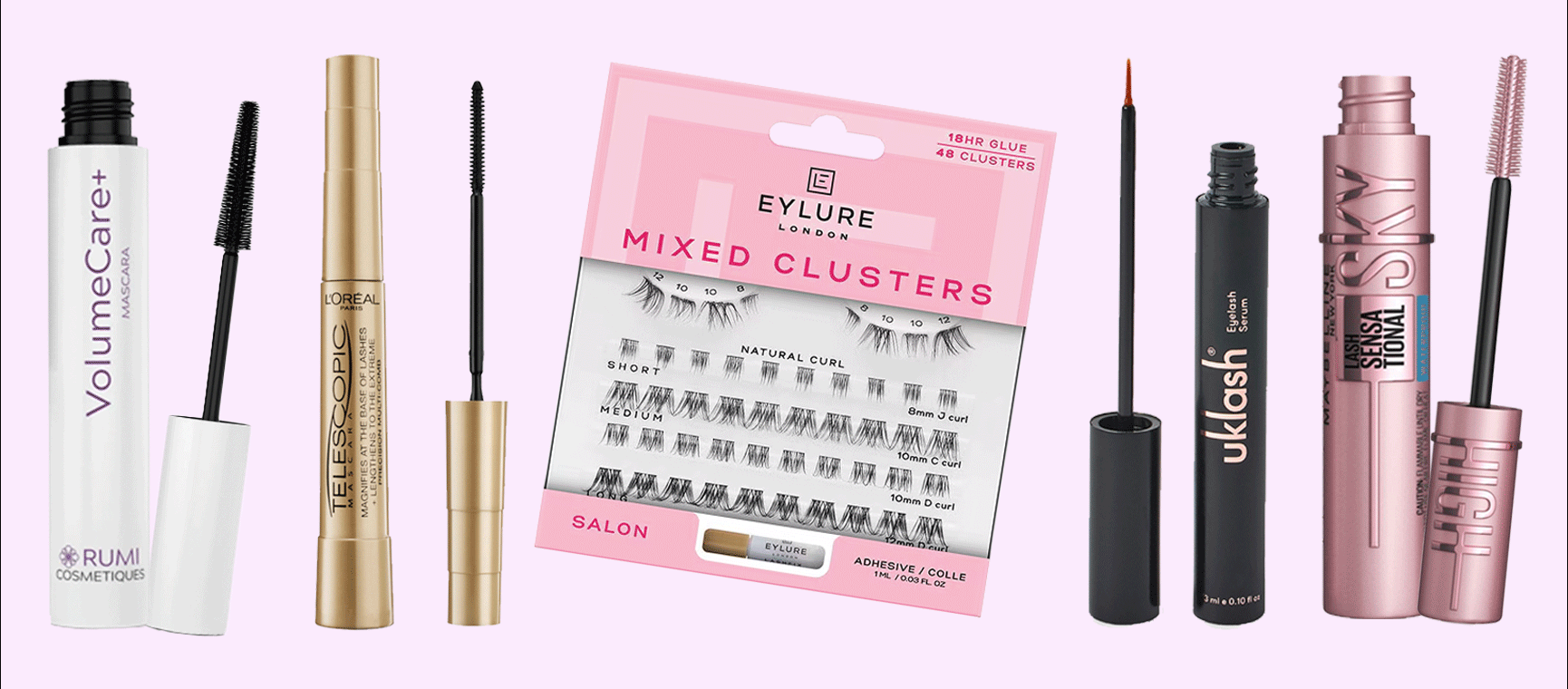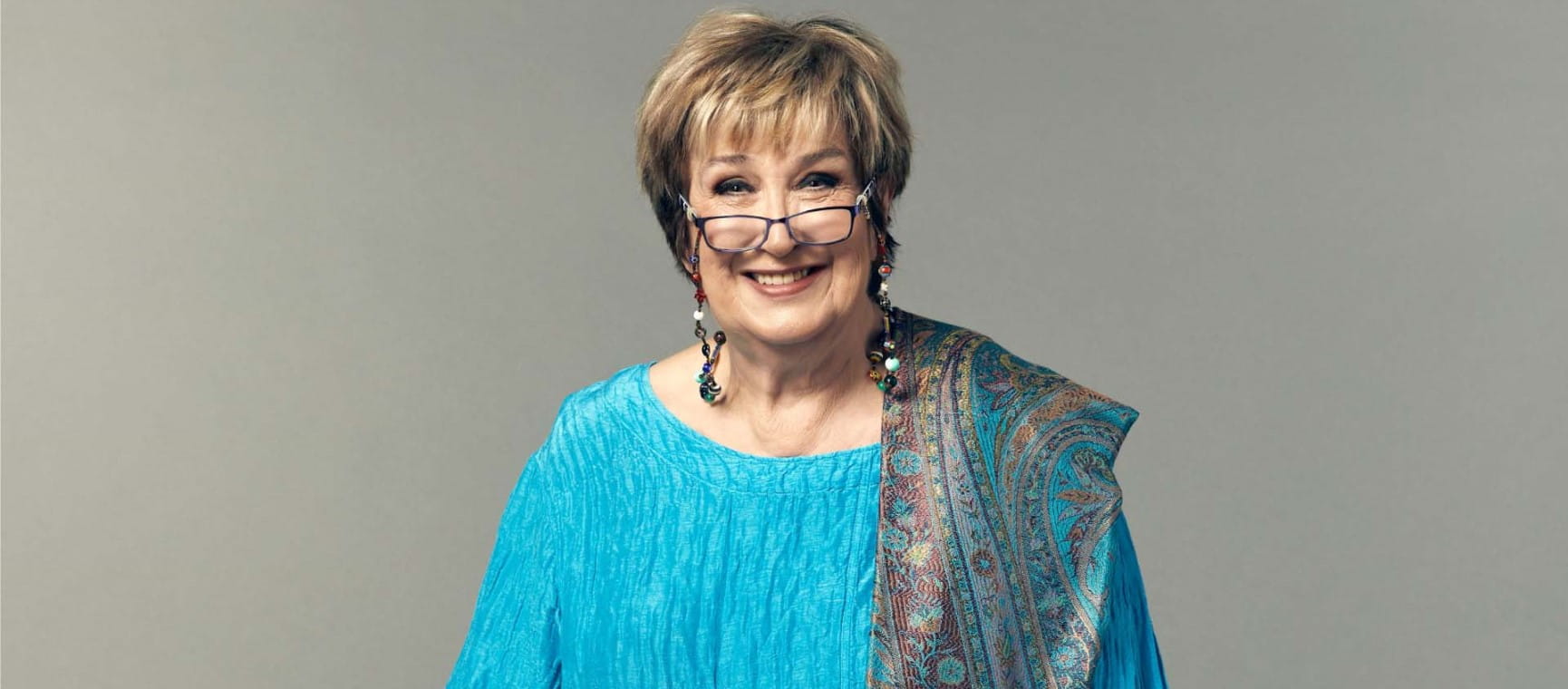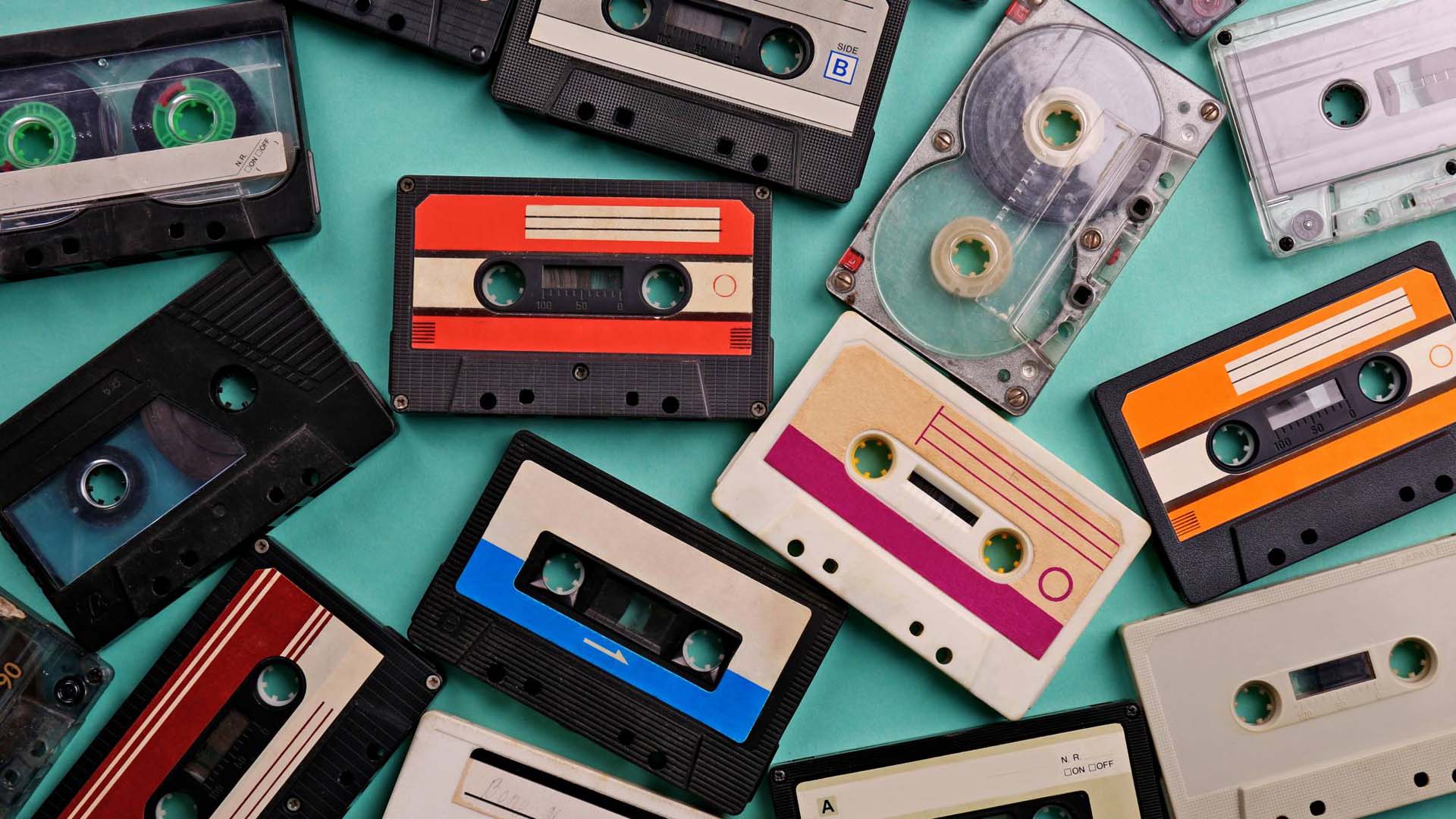
Ask anyone of a certain age and they’ll bore you with details of how they spent their younger years making mix tapes for friends or taping the chart rundown off the radio.
For many, a cassette tape was their first introduction to listening to the hits of the day. It also enabled people to listen to music on the move when the Sony Walkman was released in 1979.
Now, thanks to the likes of modern artists such as Arctic Monkeys and Harry Styles, cassettes are back. Nearly 400 cassettes a day were sold in the UK in 2023.
While there’s more than a hint of nostalgia in their return, it seems younger acts such as The 1975 and Harry Styles are also helping the increase in sales by releasing their albums on cassette tapes.
This could be in part due to the collectable nature of the cassette, something you just can’t get with streaming. Tapes are also often a lot cheaper than other collectibles such as CDs and vinyl, which make them a cost effective choice for music lovers of all ages.
“While streaming is by far the leading format, the renewed popularity of cassettes and vinyl highlights the continuing importance of the physical market and the many ways fans have to consume music,” says Sophie Jones, BPI Chief Strategy Officer and interim CEO.
Some acts have sold more copies on cassette than on vinyl when they debuted at the number one spot, including Florence + The Machine and 5 Seconds Of Summer.
Jones says: “Like vinyl, a number of contemporary artists are warmly embracing the cassette as another way to reach audiences and on occasions it has even helped them to achieve a number one album.”
The most popular cassettes purchased in 2023 were Olivia Rodrigo's album Guts, followed by Ed Sheeran's Subtract and Kylie Minogue's Tension, proving the audience for this format of music is very diverse.
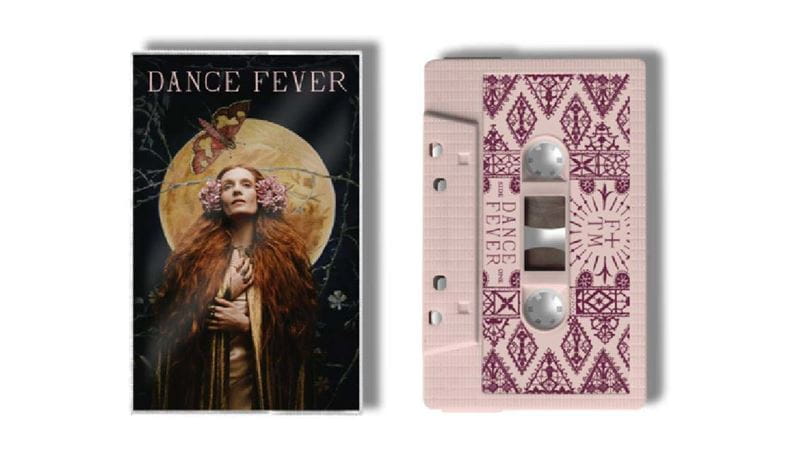
Andy Wildy, Sales Manager at Runway Pro Audio, believes nostalgia is one of the reasons cassettes are now flourishing.
“Consumers like the retro aspect of the format which was familiar when they were younger and therefore evokes an emotional response,” he says.
“Bands and artists also like the idea that a physical product that is much cheaper to produce than a CD, can be available to sell online and at concerts.”
There’s also the experience of listening to cassettes. It’s much harder to skip tracks, so you must be fully in the moment, listening to the songs in the sequence intended by the artist. And as Wildy points out, there’s also a special quality when it comes to the sound of a cassette.
“Music on tape does exhibit a 'warmer' sound as opposed to CD or streaming, which is often preferred to the digitally recorded equivalent,” he says.
Some musicians even made the most of the unique sound of the cassette. Keith Richards recorded acoustic guitar parts on the Rolling Stones’ hits Jumpin’ Jack Flash and Street Fighting Man on a cheap cassette player. He wrote in his book life “You were forcing acoustic guitars through a cassette player, and what came out the other end was electric as hell.”
Bruce Springsteen also recorded Nebraska on a basic cassette player, after the tapes that were intended as demos proved better than the studio versions.
How long do cassettes last?
In perfect circumstances, tapes can last longer than you think.
“If stored correctly in their case and not at extreme temperatures, they will last up to 60 years and maybe longer,” says Wildy.
It’s also advisable to keep them away from humidity and any UV rays to ensure that they last as long as possible.
Whether you want to listen to your old favourites or buy some new tapes, there are still plenty of ways to listen to cassette tapes today.
Bear in mind that with some cheaper machines, the quality won’t be that good, and that’s not surprising considering tapes have pretty much been on the decline until recently Many of the top brands who manufactured cassette players in the past have ditched them in favour of Bluetooth speakers or headphones.
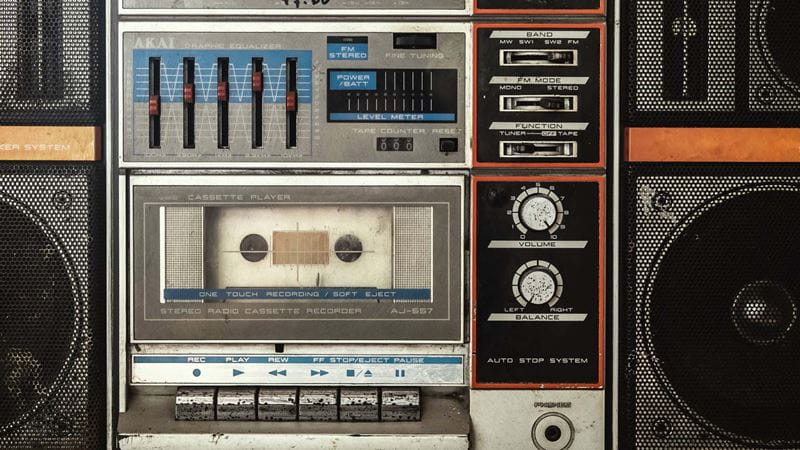
“The full quality of listening to recorded cassettes can only be achieved by using a cassette deck rather than a portable machine,” advises Wildy, adding that second-hand decks over around £100 will give the best results.
While manufacturers haven’t been spending their time developing new and advanced cassette decks, there are still plenty of options around to choose from, some that you can hook up to newer, advanced technology, bringing your cassettes firmly into the 21st century.
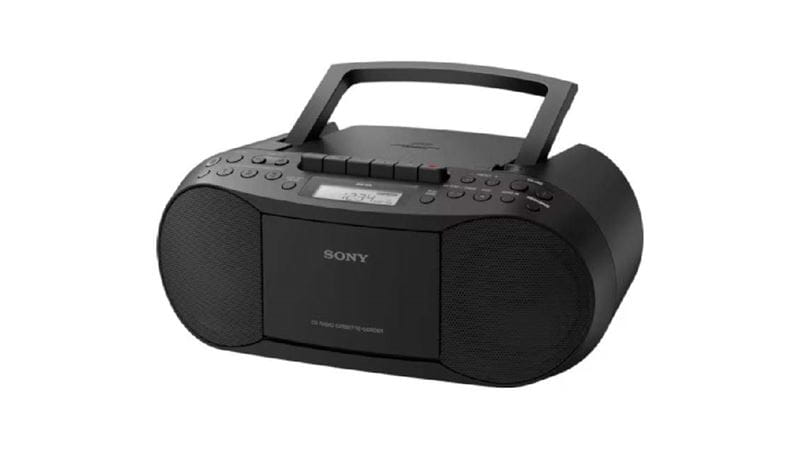
The boombox was synonymous with youth culture back in the Eighties and it was also a reasonably priced way to listen to cassette tapes. While the quality wasn’t the same as a big home stereo system, it did mean you could move your sounds around the house – a big deal in our pre-Bluetooth speaker lives.
You can still buy boomboxes now, some of which hark back to the past with their retro designs, such as the the Amhuui boombox (£155.56, Amazon). Though it looks like the real 1980s deal, it comes equipped with new technology, such as Bluetooth so you can stream your tapes to a connected speaker.
Thankfully, brands like Roberts realise that not all of us want to look like an extra from The Fresh Prince Of Bel Air. Their boombox (£89, Roberts), available in black, is sleek looking and also comes with a DAB radio, Bluetooth and USB port.
Is it worth getting old cassette players repaired?
Wildy says not. “Due to the fact that second hand machines are readily available, it will probably cost more to repair a machine than to replace it,” he says.
The daddy of cassette tapes
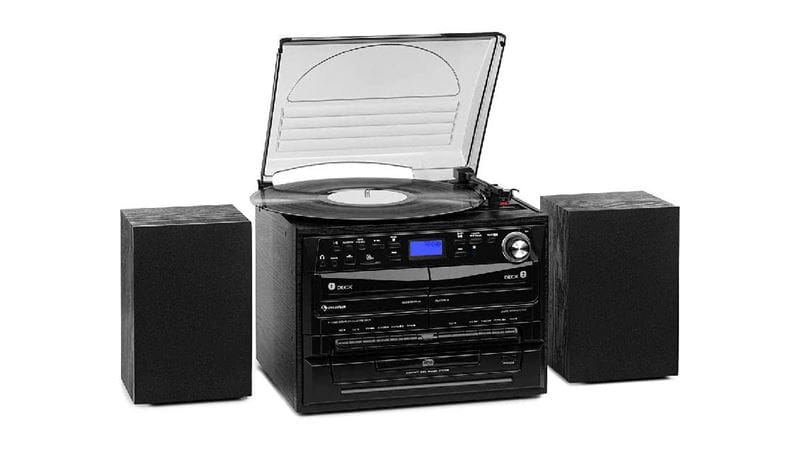
The music centre was a lusted-after item in the 1980s and 1990s and thankfully for those who want to listen to different formats of music, they’re still available to buy today.
The Steepletone 7-in-1 system music centre looks very much of the bygone era and has all the functionality you require, from a turntable, twin CD decks, double cassette decks and the ability to record from vinyl, CD onto a cassette for all those mix tape needs!
For something a bit more modern looking, Denver have a DAB+/USB Stereo System (£199.95, Amazon) that can handle your cassettes as well as your favourite vinyl. You can also transform your old music treasures – whether on vinyl, CD or cassette – into MP3 files. It’s also an expandable sound system, allowing you to connect external devices through line output and also includes DAB radio, a CD player and a turntable.
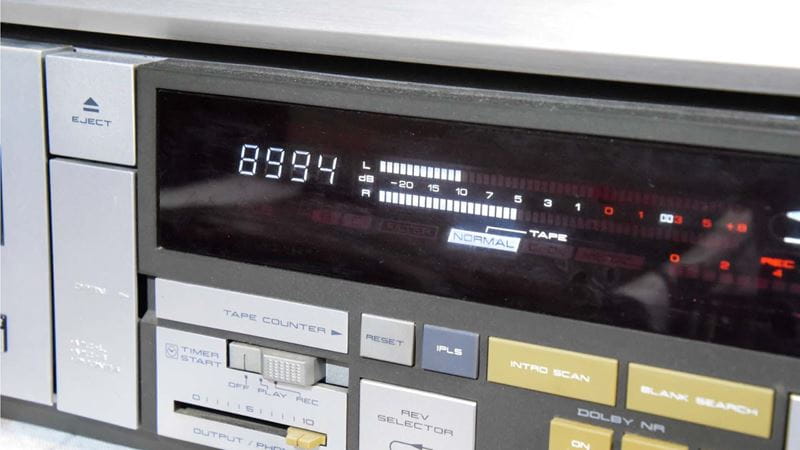
As very few manufacturers are producing new cassette players, if you’re looking for a good quality tape deck for home listening, you’ll have to rely on buying one second-hand. The good news is that they’re easy to find, plus you don’t have to spend much to get good quality sound.
“You can purchase a working second hand tape deck from around £30,” says Wildy.
“For higher-quality machines you will need to spend over £100. Generally, tapes played on a good-quality deck can sound as good as a CD.”
Check out eBay, second-hand markets or even car boot sales for a bargain.
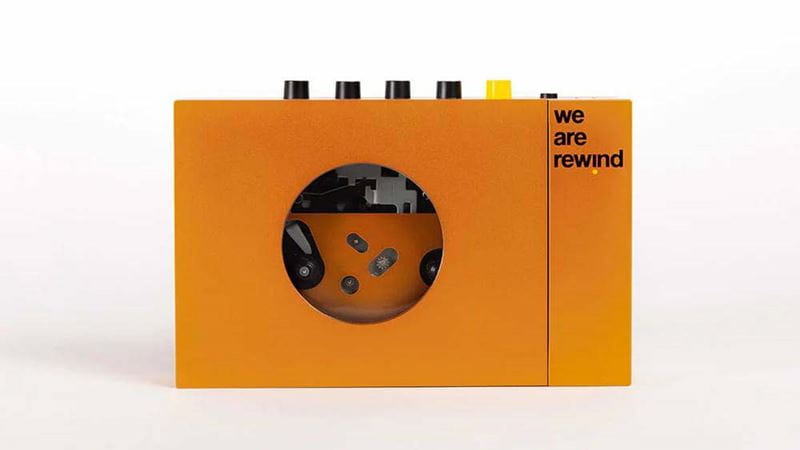
For any music lover in the Eighties, a Sony Walkman was as essential as a can of mousse for that big rock hair. Music is now of course super-portable thanks to streaming services and mobile phones, but if you want to listen to your tapes on the move, there’s still options out there.
The problem with Walkmans and other portable cassette players was that you always needed some AA batteries to hand. This is an issue that We Are Rewind have overcome with their Serge Cassette Player (£129). Not only does it look super sleek with no plastic in sight, but it runs off a rechargeable lithium battery that provides up to 12 hours of playback. The modern touches don’t stop there. You can either use it through the headphone jack or connect it to your external speakers via the Bluetooth 5.1 connection. Thankfully there’s still the fast forward and rewind buttons!
If you’re after a cheaper option,Groov-e have a silver portable cassette player (£20.90, Amazon) that plays very much to the retro styling. As Wildy says, the quality on portable cassette players will never be great, but it’s a fun way to listen to music while you’re out and about.
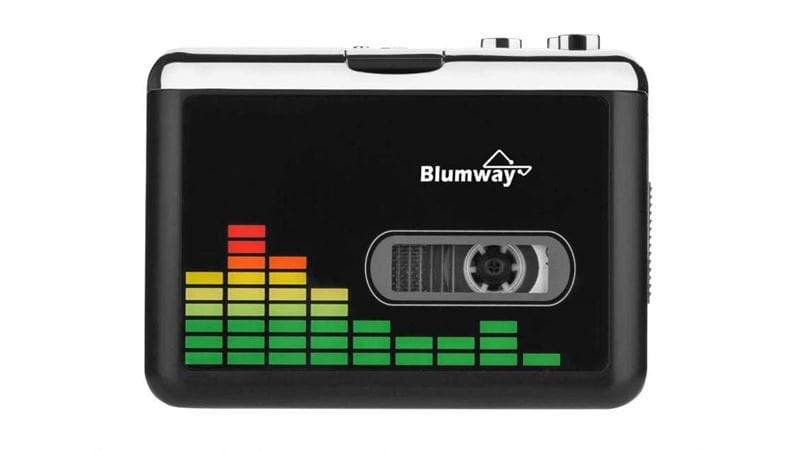
This is a little bit of a cheat, but if you really don’t want your tapes cluttering up your home, there are machines that can convert your precious cassettes into digital files. This means you can then listen to them on your laptop or phone.
The BlumWay Cassette converter (£29.99, Amazon) allows you to turn your tapes into MP3 files and place them directly onto a USB flash drive (a portable data storage device), which you can then copy over to a computer. You can set it to automatic mode, which detects the silence between songs on a tape and starts a new file for each song. And it can also reverse automatically to continue converting the music from side two without manually needing to flip the tape over.
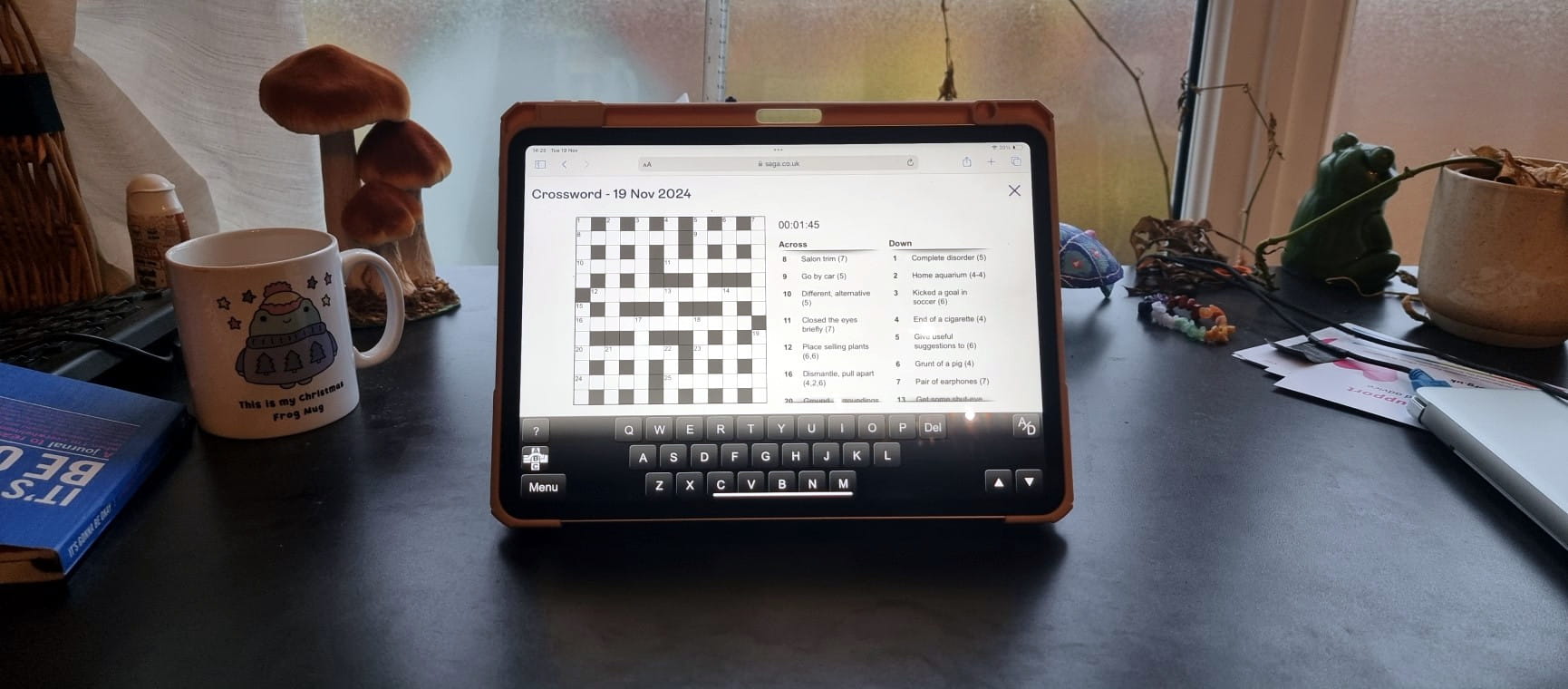
The ultimate guide to Saga Puzzles, full of technical tips, tricks and hints.

With the start of the new financial year on 6 April, our money expert explains the changes to your pension, benefits and taxes.

